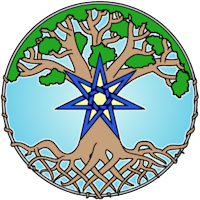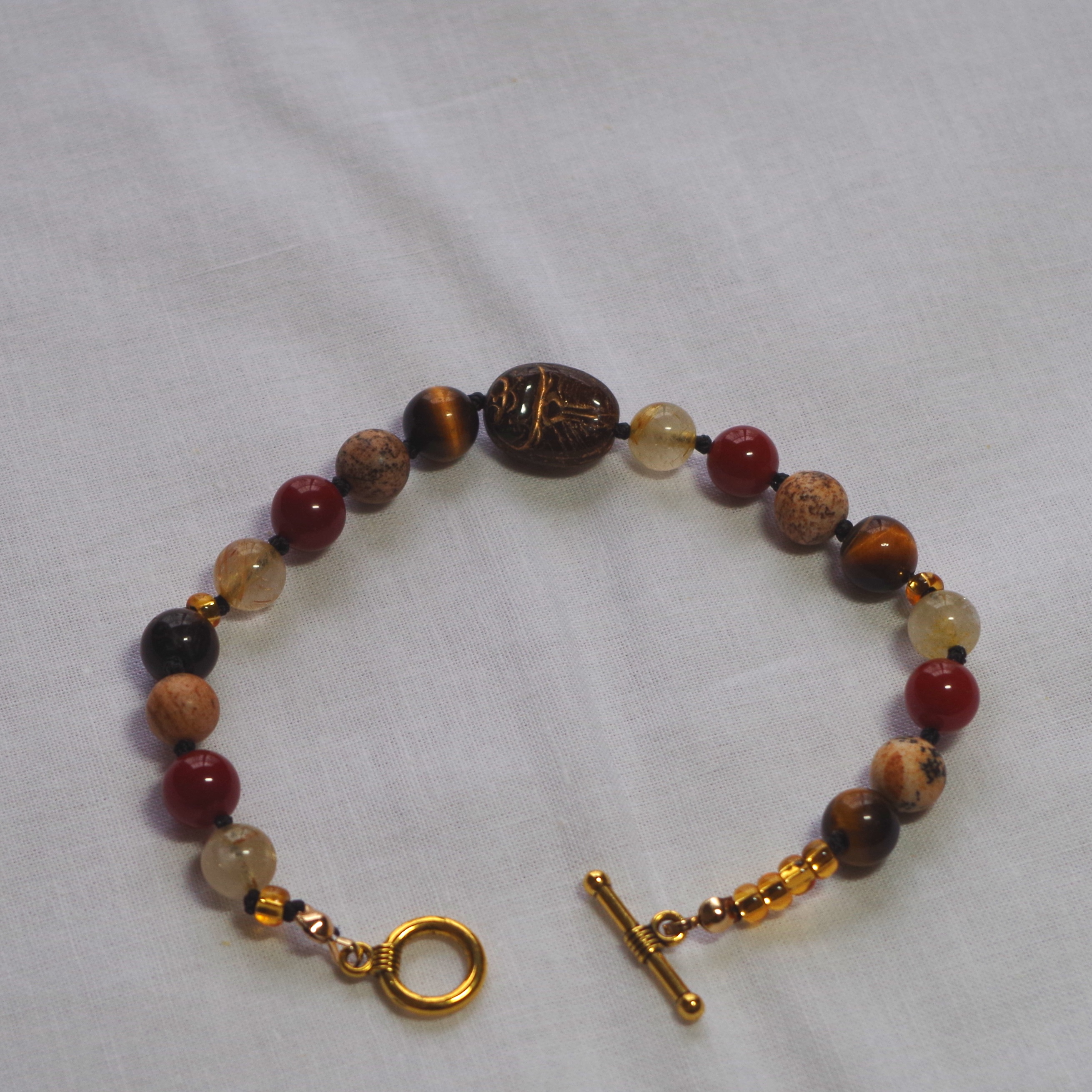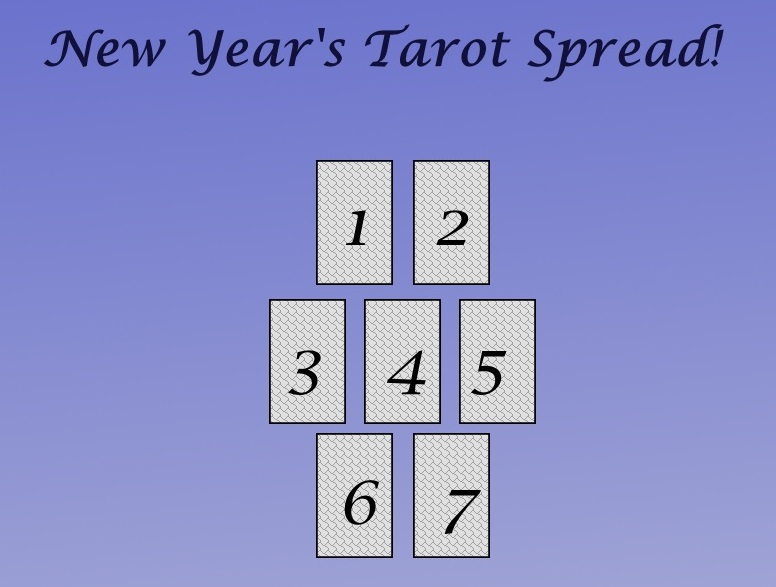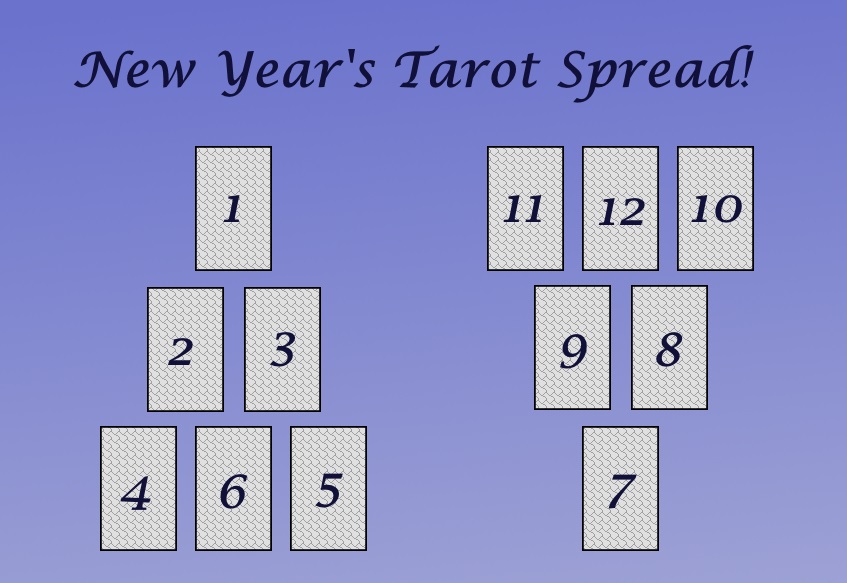Gwdihŵ has sort of declined to write up his incomplete notes, so you’ll really just be getting my experience of the conference except where we attended an event together, I’m afraid. But here was my Day 2!
Experiential Tree Ogham, by Raven Edgewalker
I thoroughly enjoyed this workshop. I think this one, along with her second workshop on the last day, made up my favorite part of the entire weekend. And also I now have ogham on the brain, so expect a little bit of that to filter through here eventually. (Yes, I still have new tarot decks to learn, and yes, I’m beginning to learn runes, but really, a witch can never have too many forms of divination, can she?)
Raven started out with a little background and history of the ogham: it’s an alphabet, trees aren’t the only things associated with the letters (and some of those trees are vines or shrubs), it probably post-dates Christian contact, etc. She emphasized that she likes that it’s newer, and likes that it seems to have been not fully developed by the time it was no longer used heavily, because that means there’s a lot of work that still could have been done, and that plus the fact that we don’t have complete sources means that it’s easier to create our own version, and to customize it to ourselves and our own practice. She talked a bit about how she couldn’t get into ogham at first, couldn’t learn the symbols, not until she started actually working with plants and trees, and then from that work she ended up back at ogham.
Then she had us do a short meditation, where we were instructed to go find a tree and talk to it for a moment. Many people found a tree from their childhood, or a tree that they interact with often now. I ended up meeting the Black Spruce spirit I had been working with all winter. One of the things Raven emphasized when we shared about our experiences was a thing I learned from Black Spruce previously – trees are not in a hurry. They have time; they do not rush. And neither should we, learning ogham. She said we should start with getting to know the trees. If you can identify 20 trees, learn their other properties, and then learn 20 more. If you can only identify 2 trees, learn their properties and learn two more. Double your knowledge. Move slowly. Feel your way through the trees and then the ogham as a system of divination will grow naturally in you. A lot of the meanings she gets when she reads ogham hinge on her personal associations and personal relationships with the trees themselves.
There are 20 trees in the original ogham, but she said her personal set has grown to include about 70 plants, and she’s continued on the pattern of symbols and made her own staves, each out of the wood of the plant, and she encourages all of us to do the same – make our own version of the ogham.
Raven closed with another meditative exercise: this time we were supposed to become a tree, to start as a seedling and grow, trying to really feel and imagine branches and roots and the wind, and the other trees around us, a whole forest in the room. That was a deeply grounding and beautiful exercise.
Tarot and Talking with the Dead, by Ellen Lorenzi-Prince
Ellen started the class by setting up a small altar piece: what appeared to be a Halloween decoration graveyard with little stones and a little doll representing Maman Brigitte. As she set up, Ellen talked a bit about Maman Brigitte, her relationship to the goddess and saint Brigid, and her role in Vodou as the wife of Baron Samedi and the Queen of the Graveyard. Then we did a small ground-center-focus meditation, and said an invocation of Maman Brigitte together.
The first tarot spread was a four-card spread in which we were supposed to talk to a specific ancestor or other dead person or spirit, with each card asking one of the following questions:
- What is the primary energy or power of this spirit?
- How can you participate in the manifestation of that power?
- What particular message does this spirit have for you?
- What do you have to offer this spirit in return?
I used my LOTR deck, and ended up talking to my great-grandfather, who died while I was in college.
The second spread was asking the dead in general for their advice and insight, and it was a three-card spread using the following questions:
- What is important for me to know about what is coming in my personal world?
- What is important for me to know about what is coming in my community?
- What is important for me to know about what is coming in the larger world?
Many of us got answers about a time of change and upheaval in the last two questions.
We ended with a short journey meditation, to go and talk to the dead directly. I went to see my great-grandfather and also saw my great-grandmother, his wife, and their son, my great-uncle whom I never met. I helped them some with healing, and it was a very powerful but very personal moment.
I thoroughly enjoyed Ellen’s workshop, and it is to my dismay that I did not make it to her other tarot workshop: Tarot with the Dark Goddess. She also presented “Inside Out Magic” and “Writing Ancient Lives”, both of which Gwdihŵ attended and enjoyed.
The New Orleans Conjure Dance, presented by Caroline Kenner and Gryphon’s Grove School of Shamanism, with music by Firesong
As it says in the Sacred Space programme, the Conjure Dance is a “ritual dance of spirit possession and manifestation. It is inspired by the dances performed by Marie Laveau on Sundays in Congo Square, New Orleans, before the Civil War.” Many deities from many different pantheons are invoked through song, and many more are given representation on altars set up along the walls of the room.
As I did last year, I began by walking around the room to look at all the altars first. My first sweep with Gwdihŵ was just to greet everyone, and to see who was represented. On our second pass, we left offerings. We had brought a few special offerings, a bag of multicolor jelly beans, and a bag of gold foil wrapped chocolate eggs. We gave each table a chocolate egg, and the jelly beans we passed out to our particular friends in each pantheon, using color symbolism. Gwdihŵ also brought a few origami cranes and shells to give to some of his gods, and I had brought a large dark chocolate bunny also wrapped in gold foil for Bast. There was alcohol provided by Caroline Kenner & co, and we gave a little of that as well, before settling in to enjoy the music some and to listen for invocation songs of those we know.
After a little while I went back to the Egyptian altar and sat for a moment, to ask Bast if she might join me for the night. I had thought that it would take a lot of preparation work to be able to tune out the noise and find my center in order to open and let her in, but the opposite was true – I needed no more than ask, and she was there. Then the juggling act of having a headmate began. Walking was difficult only for the first few steps – then we made our way over to the alcohol to have a shot of something. She wanted something sweet, like chocolate liqueur or kahlua or frangelico, but we had to settle for a sweet dark rum, which we both enjoyed. Speaking was a little difficult at times – Gwdihŵ asked me about the alcohol and to be careful (because alcohol frequently doesn’t agree with my chronic illness) but I (we?) assured him that we would not have much – just a taste. Bast seemed to enjoy watching the spectacle, and she was proud of how many statues she had on the Egyptian altar (although she was tied with Anpu, whom she ribbed gently). We also tried a violet liqueur, and she didn’t like it, or I didn’t like it – I’m still not exactly sure. Either way, we decided not to drink the whole shot, and so a shot and a half was our total alcohol consumption for the night. We did try the peeps, though – I like them, and she enjoyed biting off their heads, as they were intended as stand-ins for sacrificial chickens. Mostly we just watched and moved and tried to keep our balance, with her enjoying embodiment, but staying politely in the passenger’s seat of the car, so to speak.
I did need a little bit of help from a friend to find the stickers we were supposed to use if we didn’t want to be touched or had allergies or something, because that was early on and I was having trouble looking for them and I wasn’t sure how well I was going to be able to have a real conversation, starting with “Hello, Are you one of the helpers? I have a request…”etc. So instead I (we) walked up to my friend and sort of blurted out, “Do you know where the stickers are? I need one.” She saw that I was possessed and if I’m not mistaken also had a pretty good idea who my headmate was, and she helped me find the stickers and checked in with me and I assured her that I was fine, but having a little bit of difficulty with words. Once I had the stickers on, Bast and I danced around some, and had a few interactions with friends, though some of those are less clear than others. Between the alcohol and the late night and the headmate, my memory is not as crisp as it could have been, but it’s not truly patchy, either, just a little out of focus.
There was one point where I noticed a friend in distress and Bast pulled back quite a bit more so that I could speak a bit more fluently and not have to be balancing her presence while I tried to find assistance. Once I had found someone to help and had communicated the problem to both them and Gwdihŵ (who had no headmates), I felt comfortable relaxing again and she came back, unperturbed by the interruption. I am not sure, but I think she even pulled back without me asking her to in the first place – I find she is very respectful of boundaries, provided she knows them already or can predict them. She even reminded me to go get my water bottle at one point, because I’d had nothing to drink but the two shots of alcohol.
I didn’t expect her to give me any messages for anyone, as we were really just having a good time at a party for the most part, but there was a particular friend of mine there who also works with Bast, and every time he passed by, she sort of sighed in my head and said, “Isn’t he great?” or “I really like him.” or something like that, so after probably a half hour of that or more, I did go and tell him that she appreciated him, etc, knowing that he likely already knew that, but it’s always nice to hear it again.
The other interaction of any note, is that while I was outside talking with Gwdihŵ and another attendee, someone else who was possessed came out with a helper in tow, and Bast (who had been mostly in the background so that I could talk), came forward and perked up her ears and said “Loki?”. I just barely did not allow that to come out of my mouth, afraid that I/she was wrong, but it turns out that she was right, and I’m a bit sorry now that I didn’t say it and allow that interaction to play out. Oh well. He’s since told me that he knew I/we recognized him then, but that it’s possible his possessory host did not, intent as she was (they were) on having a cigarette.
The acquisition of Bast as a headmate seems to have been much easier than her departure. She was still quite present, although no longer quite in the passenger’s seat, by the time I fell asleep. She hadn’t really left. But then again, she’s frequently very close by even when we’re not attempting something possessory, and I think the line between being able to hear her, and her being a headmate is a bit blurrier than I had originally thought. In any case, she was gone in the morning.
I think it was a good exercise in boundaries and balancing. I have known for some time that I was once her Oracle and she would like me to fill that role again, and I think we’ll need more practice before we get there, but the ease of our night together at the Conjure Dance bodes well. Dua Bast!
~Réaltán~
[Day 1 Here]
[Day 3 Here]
[Day 4 Here]



